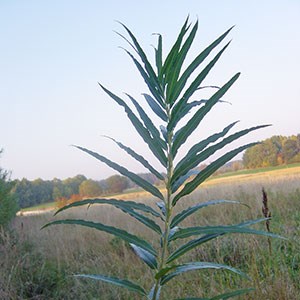Lignocellulose, such as Salix, represents an abundant and cheap non-food raw material promising for thermochemical conversion into energy, chemicals and fuels. The thermochemical conversion methods include primarily fast pyrolysis, gasification and hydrothermal liquefaction. Here, we investigate the potential of different thermochemical conversion routes for Salix and especially the pyrolysis behaviour of different Salix clones.
Fast pyrolysis is one of the most promising thermochemical conversion methods to produce renewable fuels and chemicals from lignocellulosic feedstocks. In this work package the pyrolysis properties of different Salix clones will be evaluated by chemical analyses and analytical pyrolysis using an on-line pyrolysis unit connected to a gas chromatography using a mass spectroscopy detector. Also, different thermochemical routes for converting potential Salix feedstock into different energy carriers and/or chemicals will be evaluated.
The specific aims with this project are to:
- Perform fundamental research in pyrolysis behavior of Salix by studying variations in yield and properties for pyrolysis products obtained from different Salix clones
- Commercially evaluate potential thermochemical routes for Salix in comparison to more general virgin biomass materials
